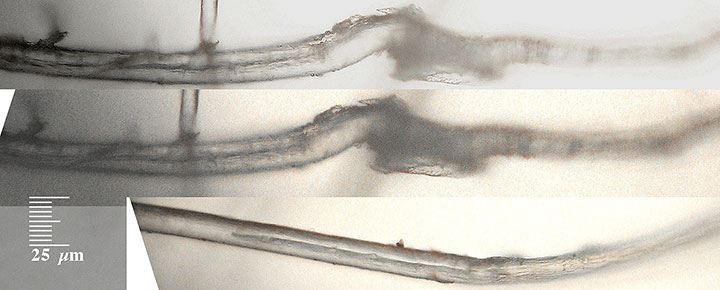The SEM scans shown here were provided by John Mendenhall (Institute of Cellular and Molecular Biology microscopy facility, University of Texas at Austin).
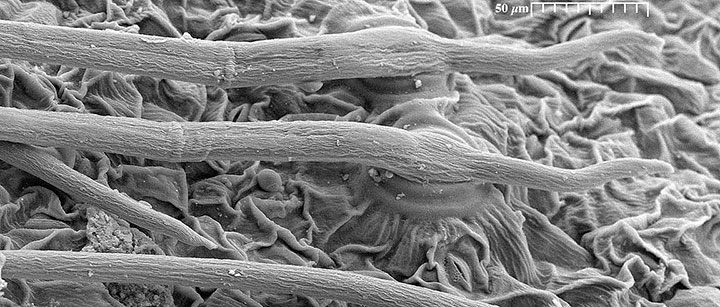
The 800x scans below are 872.5 μm wide; the yellow dots/circles identify the point of trichome attachment for trichomes with a weak fork (to its right) that is visible in the scan area. With E. discolor it was nearly impossible to find any bases, and none had visible weak forks within the scan area.
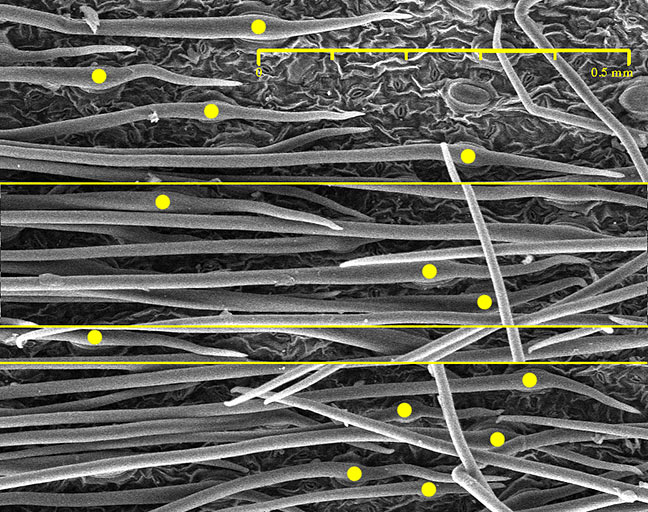
E. nuttallianus (Culberson Co.)
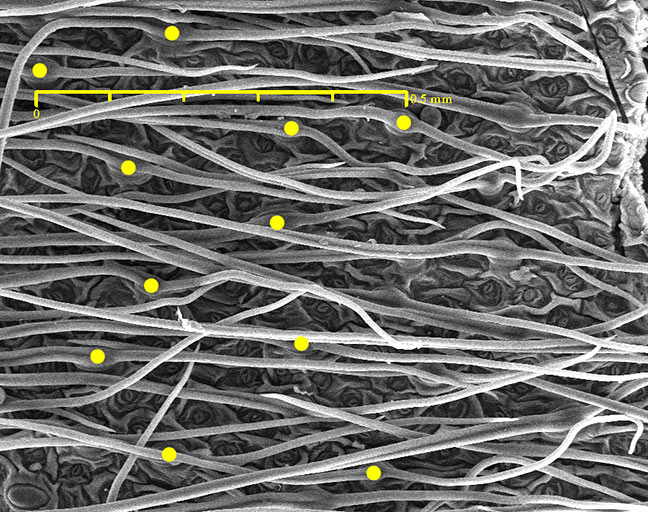
E. discolor (Jeff Davis Co.)

Focus on hair widths, 800x; columns shown 0.1926 mm wide |
|||||||
|---|---|---|---|---|---|---|---|
| E. arenarius (Winkler Co.) | E. nuttallianus (Culberson Co.) | E. sericeus (Hays Co.) | E. discolor (Coahuila, Mexico) | E. discolor (Jeff Davis Co.) | |||
 |
 |
 |
 |
 |
 |
 |
 |
| E. arenarius (Winkler Co.) | E. nuttallianus (Culberson Co.) | E. sericeus (Hays Co.) | E. discolor (Coahuila, Mexico) | E. discolor (Jeff Davis Co.) | |||
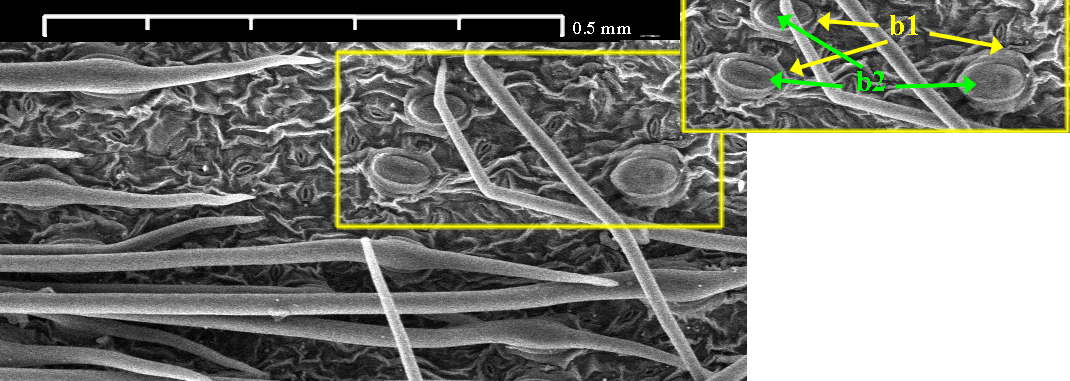
With E. arenarius Jim Mauseth has noted that "the striations in the cuticle all point toward the trichome." Although this is not as apparent with the other taxa, additional scans might determine whether this feature has distinctive value.
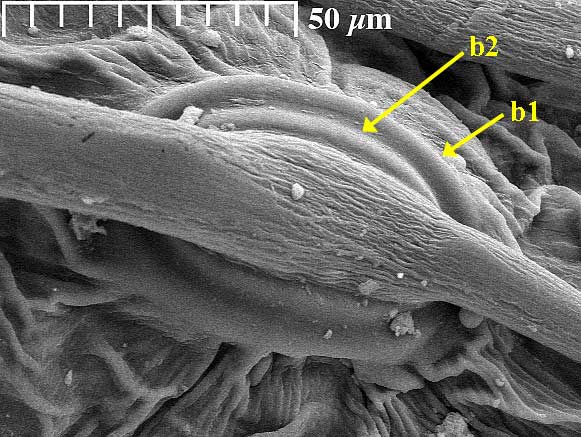 | 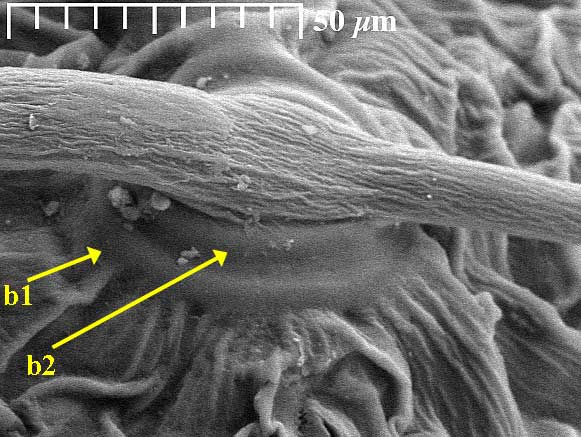 |
|---|---|
| E. arenarius, Winkler Co. | |
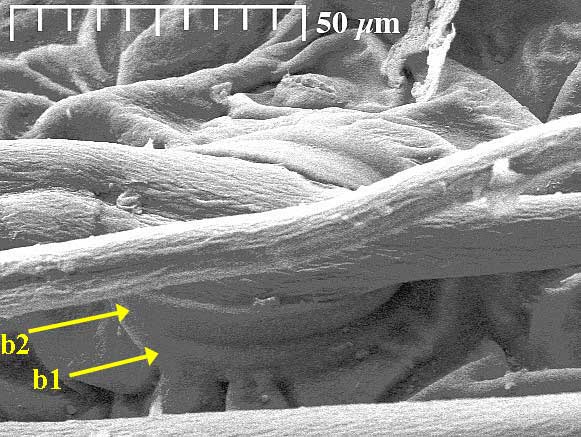 | 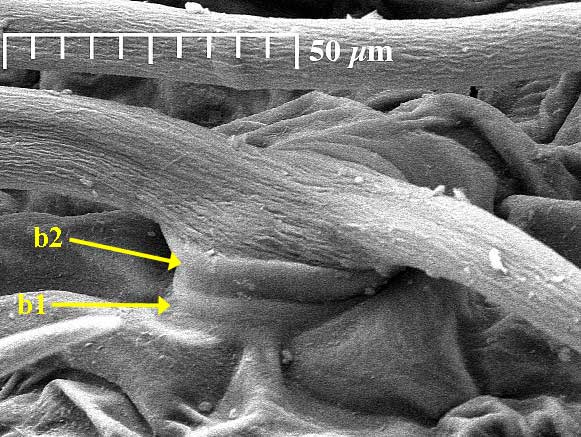 |
| E. nuttallianus, Culberson Co. | |
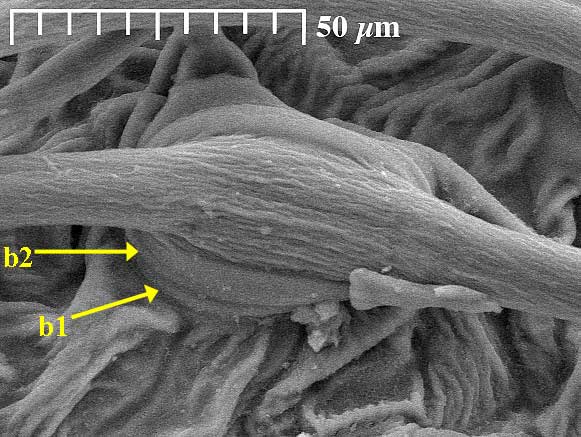 | 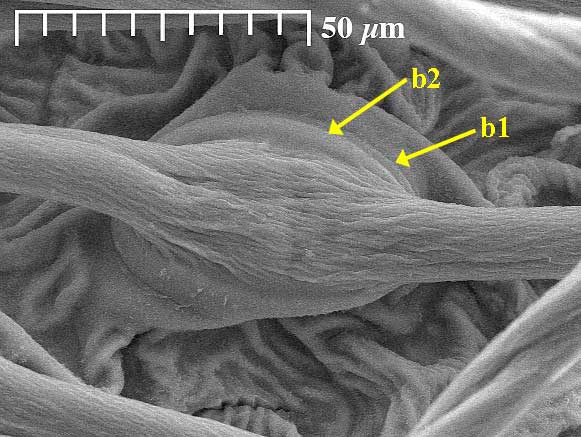 |
| E. nuttallianus, Yuma Co., Colorado | |
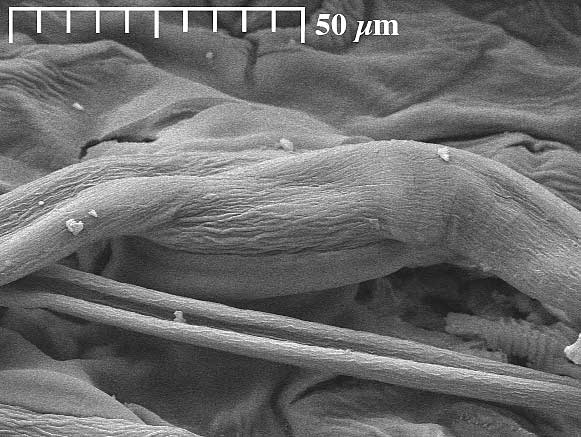 | 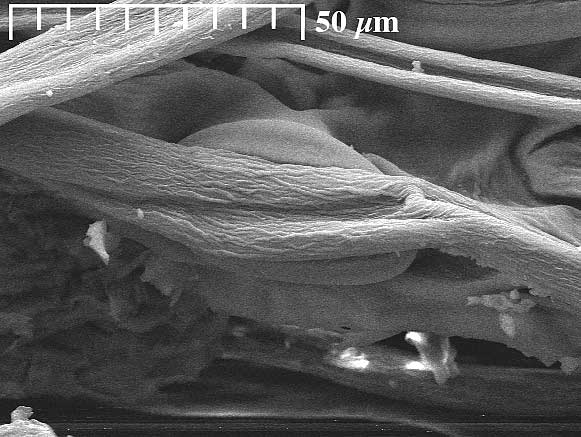 |
| E. discolor, Jeff Davis Co. | |
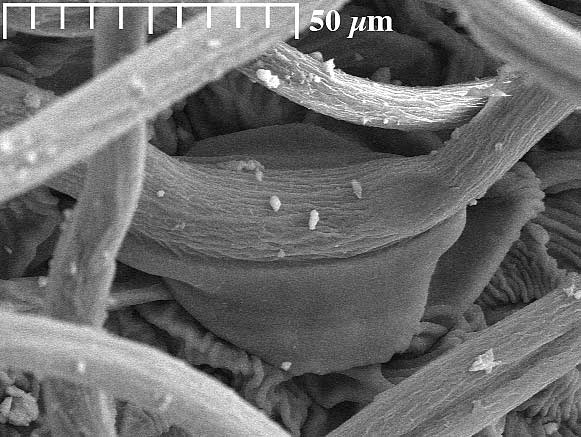 | 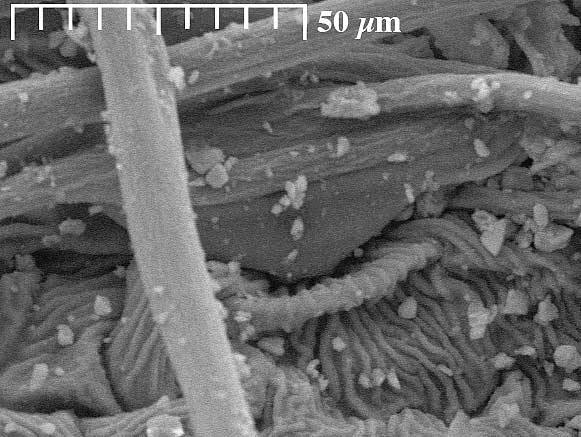 |
| E. discolor, Chihuahua, Mexico | |
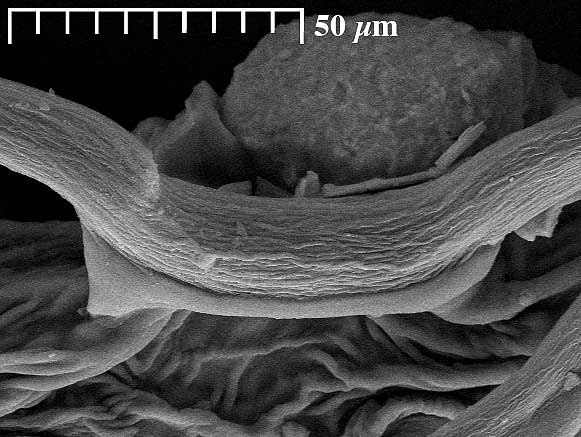 | 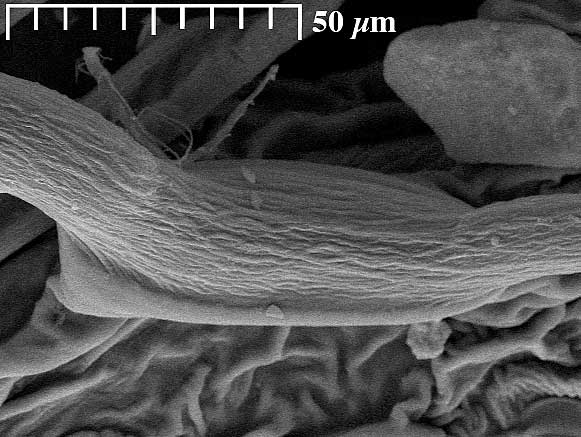 |
| E. discolor, Coahuila, Mexico | |
The possibility that these grooves are an artefact of air drying in the scanning process was considered, and rejected. Hairs scraped from a fresh leaf of E. sericeus and examined with a light microscope showed the same groves (images below). Drying may well have played a role — but while the hairs were on the plant in the wild. Further, all specimens scanned have been dried for herbarium storage. Whatever the origin of the grooves, they do not seem to be an artefact of the scanning process. If not all taxa show the same grooving, this may well reflect anatomical differences, even if unknown.
Focus on grooved upper surface, 2000x |
|
|---|---|
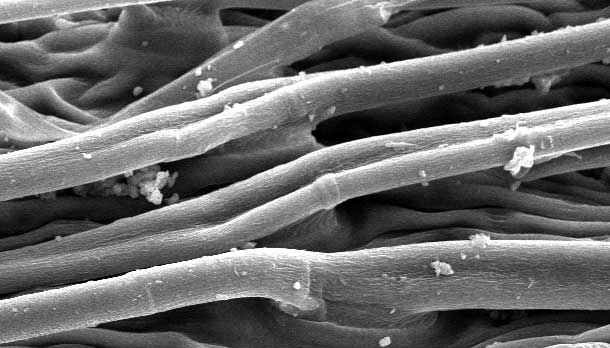
E. sericeus (Hays Co.) |
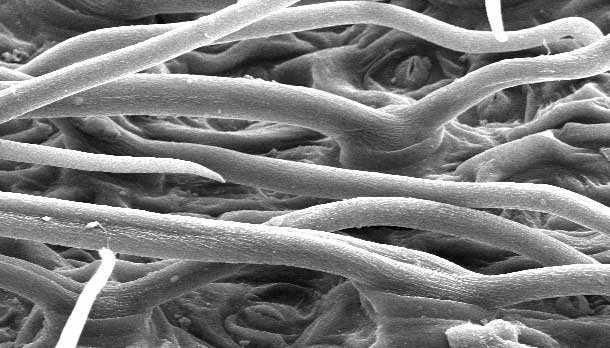
E. nuttallianus (Culberson Co.) |
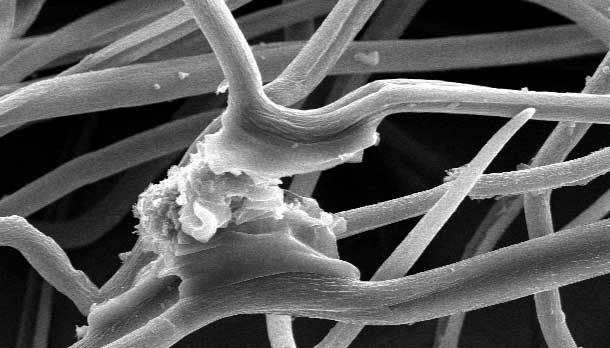
E. discolor (Jeff Davis Co.) |
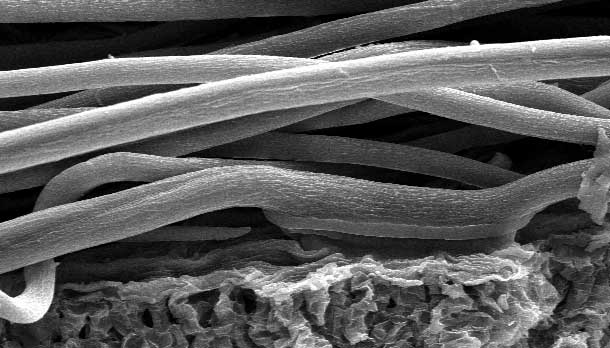
E. discolor (Coahuila, Mexico) |
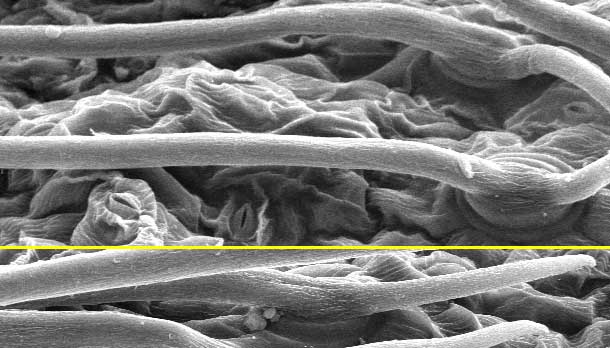
E. arenarius (Winkler Co.) |
|
